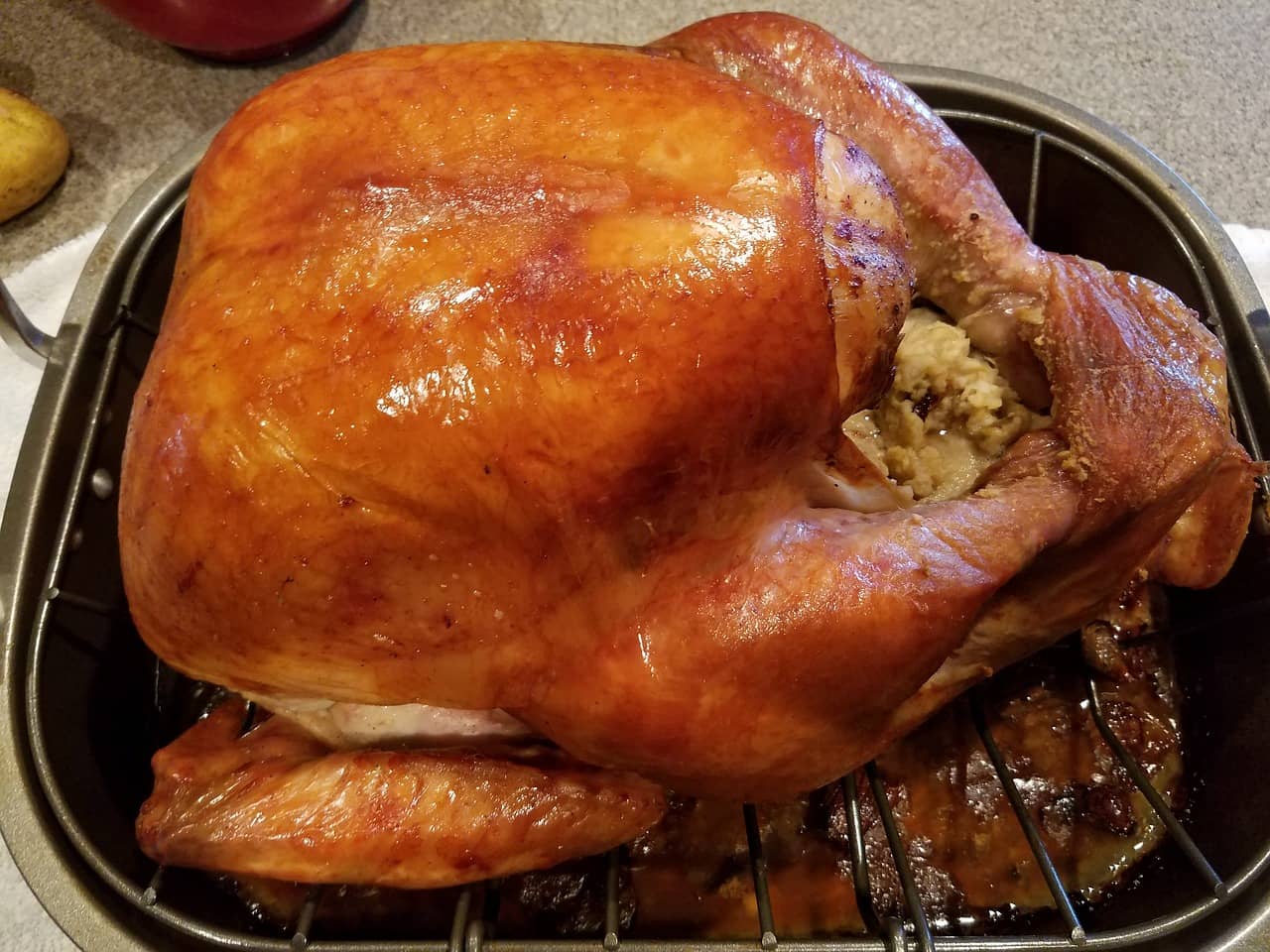
(NDAgConnection.com) – U.S. consumers can expect to pay more for their Thanksgiving turkeys this year as supplies have dwindled following the widespread outbreak of Highly Pathogenic Avian Influenza. Since the outbreak began this spring, more than 7.5 million turkeys have been removed from production in an effort to mitigate the disease. The losses were the latest blow to the national turkey flock which, was already shrinking due to a series of production challenges and industry contraction in recent years.
The combination of tight supplies and strong holiday demand will send retail turkey prices to record highs this year, according to a new research brief from CoBank’s Knowledge Exchange. Seasonal cold storage inventories of whole birds are at their lowest level since 2006 and wholesale prices for frozen turkeys are currently running about 30% higher than last year.
“The good news is that we do not anticipate a shortage of turkeys for the holidays this year,” said Brian Earnest, lead animal protein economist with CoBank. “But they will definitely be more expensive and probably a bit smaller than what consumers are used to seeing in their grocers’ meat case.”
Over the last decade, the retail price for whole turkeys has historically hovered between $0.90 – $1.00/lb. ahead of Thanksgiving. In its Oct. 21 National Retail Report, USDA put the price of frozen turkeys at $1.58/lb. That’s up 47% compared to the same time last year and would drive the average price of a 20-lb bird $10 higher to $31.50.
Smaller turkeys are also a result of HPAI. Since the outbreaks began, the average slaughter weight has dropped by about 1 pound. And HPAI has hit larger, heavier toms harder than hens. Compared to the three-year average, cumulative tom slaughter is down 9.8% in 2022, while hens are down only 2.3%. In total, year-to-date turkey production in pounds is down 5% versus last year. If this trend holds, 2022 U.S. turkey production will drop 9.6%, the largest annual reduction since 2009.
